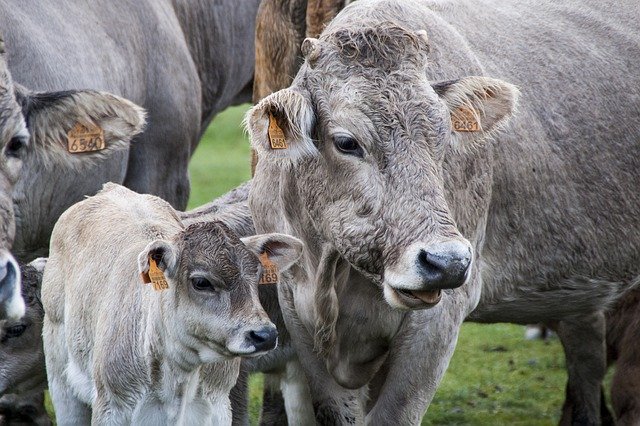3 Things to Know About Raising Cows
3 Things to Know About Raising Cows

Do you know what many farmers and homesteaders think about cows? It’s that they are like white whales. They are mostly out of their reach.
Cows are usually bigger than some of the other animals that you see in livestock, thus requiring more space. Requiring more space means you need to have adequate infrastructure to house them properly. In fact, investing in a mini cow can also provide a high ROI, even though the initial cost and maintenance are higher than animals like sheep and goats.
1. You can raise cows for three reasons: produce milk, meat, and offspring that you can sell. It is best to know the reason for which you are buying the cow since it’s a hefty investment and its maintenance would take up your time and resources.
According to Colt Knight, the state livestock specialist at the University of Maine Cooperative Extension, those who want to raise a cow should know why they are doing it. It gives you an idea of the type of infrastructure and land you need to keep the cow safe and healthy.
As already mentioned, you can raise your cows either for their milk or meat. Additionally, you can sell its calves if you want to make some additional money every year.
Ashley Robbins from Chatham County who is a livestock and field crops agent at the North Carolina Cooperative Extension said that every person who decides to raise cows should have a goal regarding why they are raising the animals.
2. If you planning to raise cows for their milk, you may have to spend a lot of money. That’s because they start producing milk only after they are two years old, an age where they can have their first baby. The cow becomes ready to produce milk regularly after she gives its first helping to its baby.
Ashley Robbins also added that cows are not milk-making machines. They would first need to deliver a baby before they start producing milk regularly. Cows can produce milk if you continue to milk them. However, she may eventually dry up if she doesn’t have another baby anytime soon.
Knight believes that starting a small-scale dairy may not be a profitable idea as there are strict rules and regulations regarding dairy production, thus making it difficult for you to sell milk.
13 states, including California, Pennsylvania, and Maine allow retail stores to sell raw milk. 17 other states allow farmers and homesteaders to sell raw milk within their premises. On the other hand, 8 states allow farmers to sell raw milk via a “cow-share agreement.” According to this agreement, the farmer will get money from the state to milk and feed his cows.
If you are thinking of raising a cow for the purpose of milking then it would probably be worth seeing bulk milk tanks.
3. Many farmers raise cows for their meat. In such cases, they need to have a separate place to process the beef.
You may plan to raise a cow for homegrown beef. Before buying the cow you should know that extracting the meat involves a complicated process. You will require multiple tools and special skills to butcher the cow.
Robbins says that if you feed grass to your cows, they would be ready to eat after 28 to 30 months. Grain-fed cows take less time and are ready for eating after 15 to 16 months.
Some people want to keep a freezer full of fresh meat. Knight says that in such a case, it is wise to buy a stocker or heifer that weighs between 600 and 700 pounds. You can let the animal put on weight during summer and then take it to a meat processor during fall to cut it up for its meat.
He further explained that if you don’t plan to sell the meat and keep it for your own consumption, you should use the services of a custom slaughter facility. However, if you want to sell the meat, make sure the slaughter facility is state or federally inspected to avoid legal disputes later.

